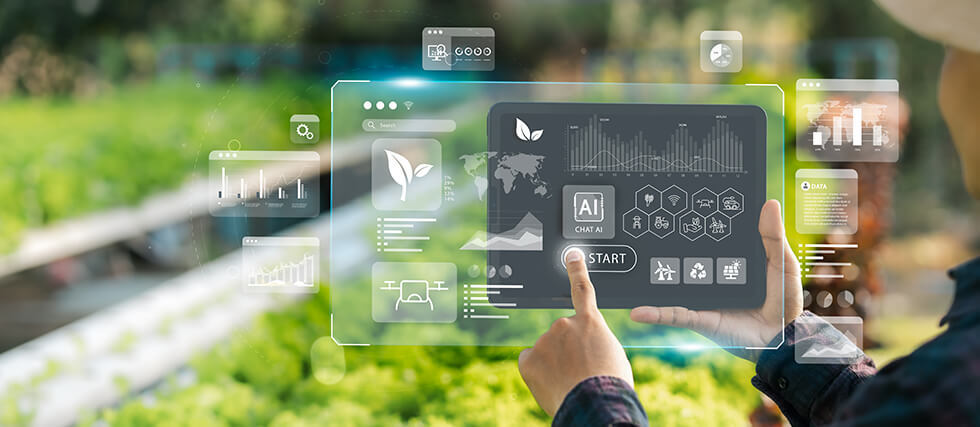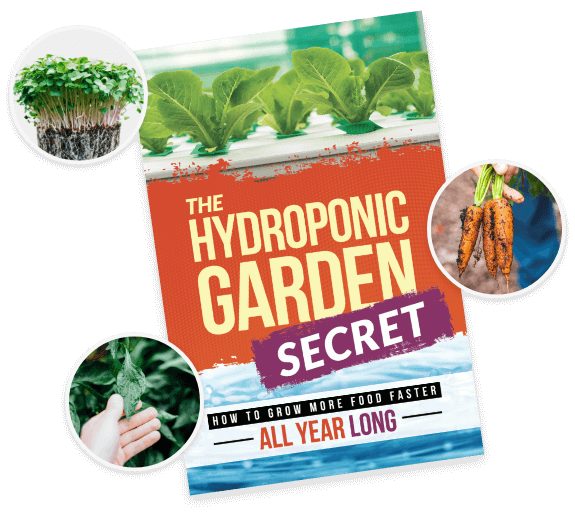Artificial intelligence is transforming agriculture, but can it truly outperform time-tested regenerative farming practices? Scientists are using AI to decode why genetically identical potato plants grow differently, uncovering how microbes impact crop health. While AI-driven farming promises precision and efficiency, regenerative agriculture relies on nature’s own systems to build resilience and sustainability.
A team of researchers from Utrecht University and Delft University of Technology used AI to analyze microbial data from thousands of seed potatoes, combining it with drone imagery from 240 test fields. Their AI model identified beneficial microbes like Streptomyces species that enhance growth and harmful ones that hinder it.
This knowledge could lead to coating seeds with helpful microbes or even engineering plants to attract them. AI advocates argue this data-driven approach could boost yields and reduce reliance on chemical fertilizers and pesticides.
However, regenerative farming practitioners counter that nature already provides these benefits—without the energy-intensive computing power AI requires. By rotating crops, fostering biodiversity, and building healthy soil, regenerative methods enhance microbial diversity naturally, strengthening crops against pests and climate stress. Unlike AI, regenerative farming improves soil carbon storage and ecosystem health over time, making farms more resilient without technological dependence.
While AI offers precision in predicting weather patterns and optimizing inputs, its reliance on energy-intensive data centers raises sustainability concerns. Regenerative farming, on the other hand, is a holistic approach that restores soil health, enhances biodiversity, and improves water retention through practices like cover cropping, crop rotation, composting, and minimal soil disturbance.
By working with natural ecosystems rather than against them, regenerative methods build long-term resilience, sequester carbon, and reduce the need for synthetic inputs. Unlike AI-driven farming, which depends on technology and vast data processing, regenerative agriculture thrives on time-tested, low-tech practices that empower farmers to cultivate healthier, self-sustaining landscapes.
As shifting weather patterns bring new challenges to food production, the real question remains: will AI-driven precision or nature’s own regenerative power shape the future of farming?




